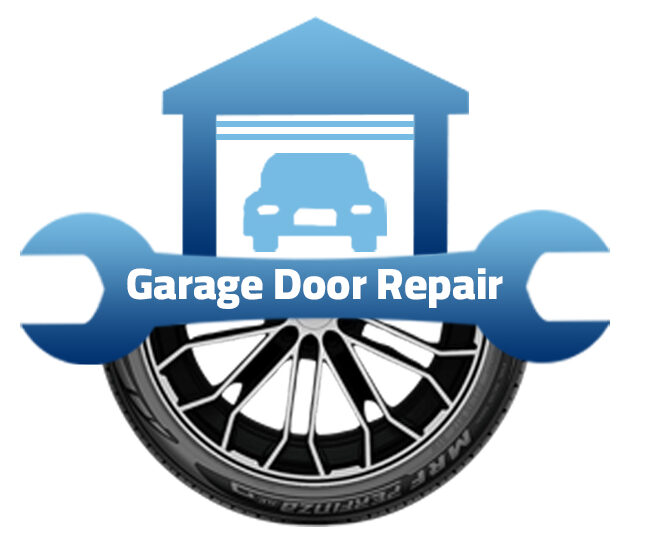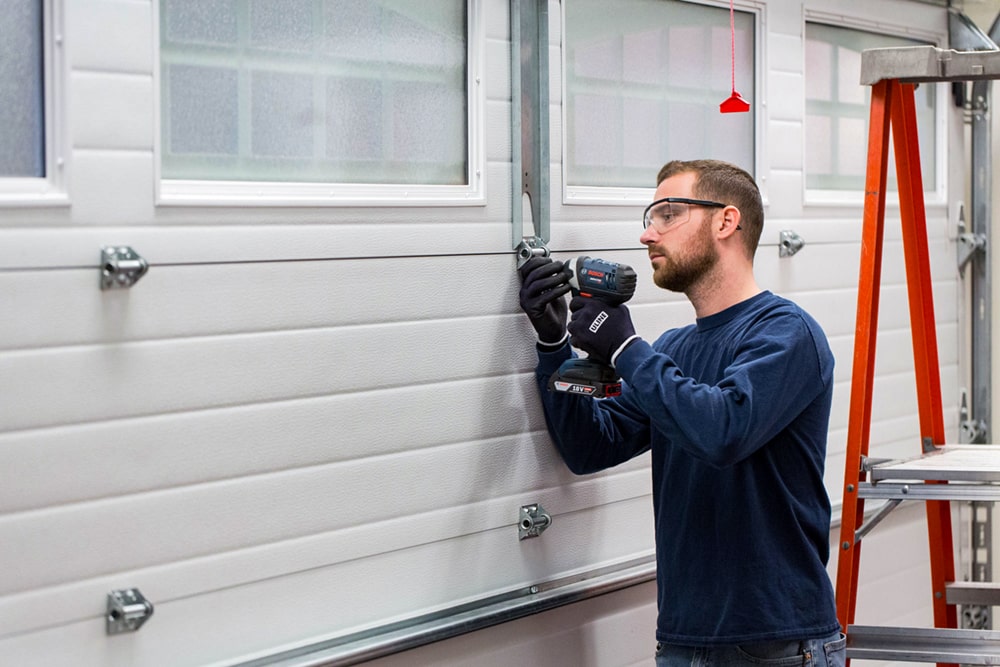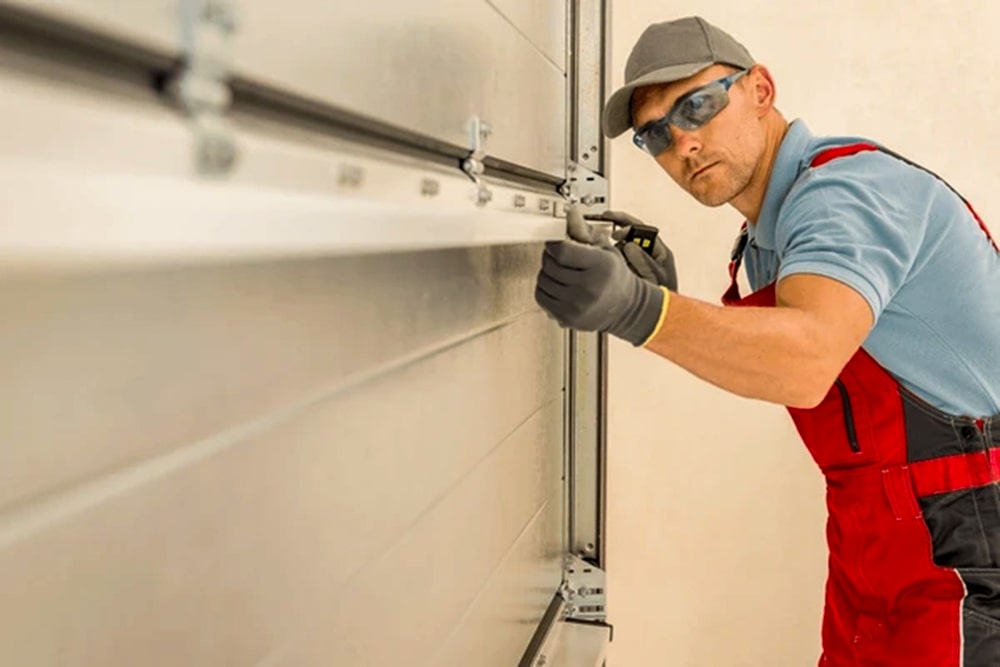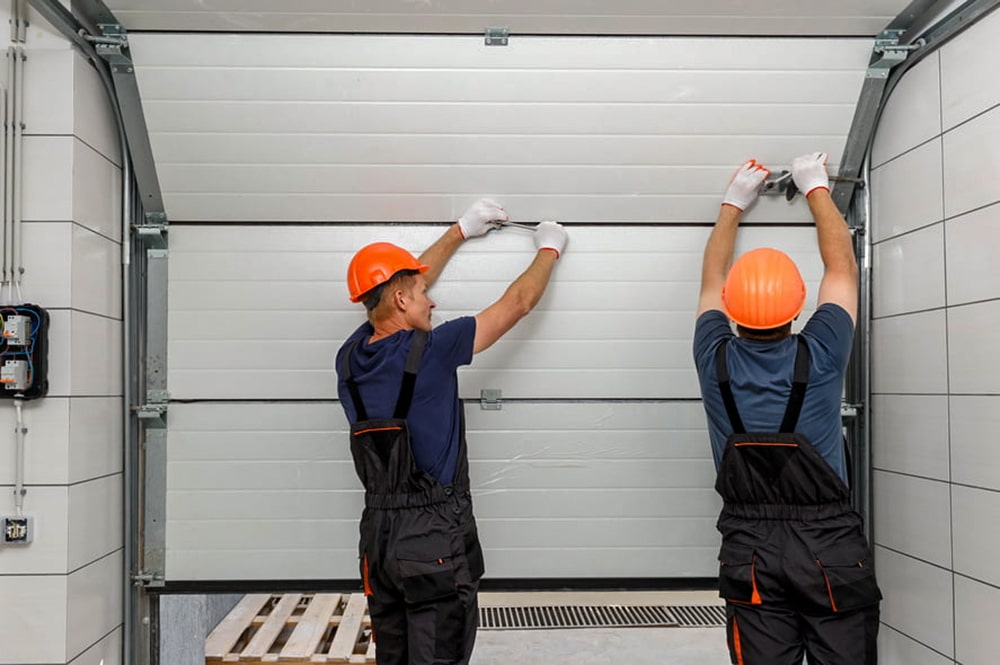Garage doors are essential to most homes, providing security and easy access. One of the most vital components of a garage door system is the springs. They help balance the door’s weight, making it easier to open and close. Winding these springs correctly is critical to keeping the door functioning safely and efficiently. This guide will walk you through the process of winding garage door springs, the different types, and the steps you need to take to do it correctly.
Understanding the Types of Garage Door Springs
Before diving into the specifics of winding garage door springs, it’s essential to understand that there are two main types. Each type functions differently and requires a unique approach to winding.
- Torsion Springs
Torsion springs are commonly found above the door on a metal shaft. They work by twisting and storing energy to help lift the door. When the door is closed, the torsion springs are tightly wound, and as the door opens, the springs unwind, releasing their energy to assist in lifting the door. The winding direction for torsion springs is critical as it determines how effectively they balance the door’s weight.
- Extension Springs
Extension springs are usually on either side of the garage door and parallel to the horizontal tracks. These springs extend and contract as the door opens and closes, storing energy to help counterbalance the door’s weight. While they do not require winding like torsion springs, they must still be set correctly for safe and smooth operation.
Determining the Direction of the Wind
When it comes to winding torsion springs, knowing the correct direction of the wind is essential for ensuring that the door operates properly if not in contact with garage door repair castle rock like us. Torsion springs come in two types: left-wound (LW) and right-wound (RW). The winding direction is crucial because it affects the balance and tension needed for the door to function smoothly.
- Left-Wound (LW) Torsion Springs: These are typically located on the right side of the garage door (when viewed inside the garage). Left-wound springs are wound in a clockwise direction.
- Right-Wound (RW) Torsion Springs: These are generally found on the left side of the garage door. Right-wound springs are wound counterclockwise.
To determine which spring you have, look at the coils from the center of the garage door. If the coils go in a clockwise direction, it’s a left-wound spring. If they go counterclockwise, it’s a right-wound spring.
Steps to Safely Wind a Torsion Spring
Winding torsion springs is not a task to be taken lightly. It requires the right tools, knowledge, and a keen focus on safety. Here’s a step-by-step guide on how to wind a Torsion spring safely:
- Tools and Preparation
Before starting, gather all the necessary tools. You will need winding bars (not substitutes like screwdrivers), a sturdy ladder, gloves, safety glasses, and a wrench set. Ensure the area around the garage door is clear of any obstructions to avoid accidents.
- Release Tension Safely
If your garage door is already installed and the springs need adjustment, you must release the tension safely. With the door closed, use a wrench to loose the set screws on the winding cone of the spring. Hold the winding bar firmly to prevent the spring from unwinding unexpectedly, which can be dangerous.
- Wind the Spring
To wind the torsion spring correctly, insert a winding bar into the winding cone and turn it in the direction that adds tension to the spring. Turn the winding bar clockwise for a left-wound spring, and for a right-wound spring, turn it counterclockwise. Usually, each quarter turn adds one-quarter of a turn of tension. Refer to the manufacturer’s guide for the recommended number of turns based on your door’s size and weight.
- Secure the Spring
First, correct tension is achieved; tighten the set screws on the winding cone to secure the spring in place. Remove the winding bars carefully, and repeat the process for the other spring, if applicable. Double-check to ensure both springs have equal tension and the garage door moves smoothly.
Common Mistakes to Avoid When Winding Springs
Winding garage door springs can be tricky, and mistakes can lead to malfunctions or injuries. Here are some common pitfalls to watch out for:
- Over-Winding or Under-Winding: Adding too much tension can cause the door to move too quickly and pose safety risks. On the other hand, not winding enough can make the door hard to lift.
- Using Incorrect Tools: Use proper winding bars and avoid makeshift tools like screwdrivers, as they can slip and lead to injuries.
- Ignoring Safety Precautions: Not wearing safety gear or properly securing the winding bars can result in serious accidents.
Signs You Need a Professional
While some DIY enthusiasts can handle winding garage door springs, it’s not for everyone. Here are signs that you might need professional help:
- Persistent Noises or Malfunctions: If your garage door makes unusual noises or doesn’t open and close smoothly, the springs may be improperly wound or damaged.
- Visible Damage: If the springs are rusty, frayed, or show signs of wear, they may need to be replaced rather than just adjusted.
- Complex Repairs: If you’re uncomfortable handling tools or the door has multiple issues, it’s best to contact a garage door specialist to prevent further damage or potential injuries.
Conclusion
Correctly winding garage door springs is vital for your garage door’s safe and smooth operation. Understanding the types of springs and the proper winding directions is most important for maintaining your garage door’s functionality. Remember to prioritize safety and use the right tools for the job. If you’re ever in doubt or encounter issues beyond simple adjustments, consider contacting a professional for assistance.




